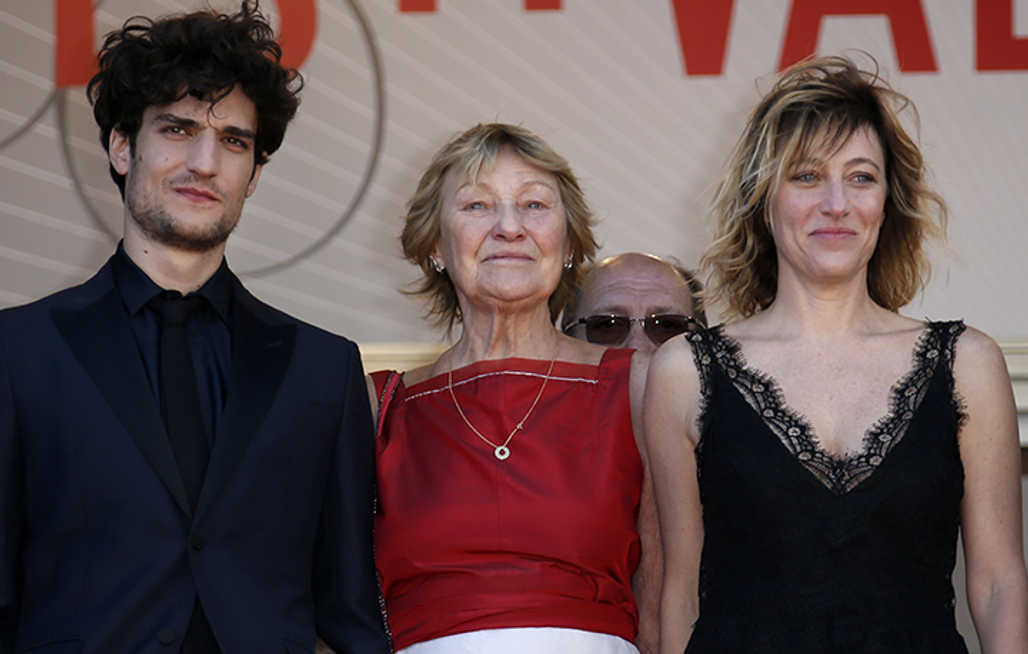
Journey to Italy: a film symbolic of modernity

Journey to Italy is one of Roberto Rossellini‘s most famous films. A precursor of the Nouvelle Vague, the film portrays a love story between the master of Italian Neorealism and Ingrid Bergman.
Upon its release in 1955, Journey to Italy was described by Jacques Rivette as “the first modern film”. This is because the focus is not on the psychology that drives the hero of the story, but on the bodies that inhabit the scene. The camera is hesitant, appearing to have no specific goal, much like the characters, who do not know what meaning to give to their lives.
According to Rivette, the genius of Rossellini’s mise-en-scène lies in its three stages: the quest, the waiting, and the revelation. In Journey to Italy, this last stage gives rise to one of the most beautiful scenes in film history.
When the characters played by Ingrid Bergman and George Sanders decide to split up, they go together to Pompeii. At the excavation site, they assist the archaeologists, who are removing the earth, layer after layer, that has settled around the outlines of bodies. In a scene filmed in a quasi-documentary style, the shape appears little by little: two intertwined bodies, captured by the lava. This image of love that has been immortalised by the tragedy is as overwhelming for Ingrid Bergman as it is for the audience.
Journey to Italy will be shown in print that has been restored by Cineteca di Bologna with L’Immagine Ritrovata, in partnership with Istituto Luce Cinecittà, CSC-Cineteca Nazionale and The Co-Production Office.
B. de M.
The film will be screened in the Buñuel Theatre on Thursday 24th May at 19:30.


